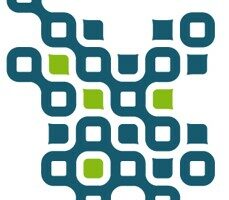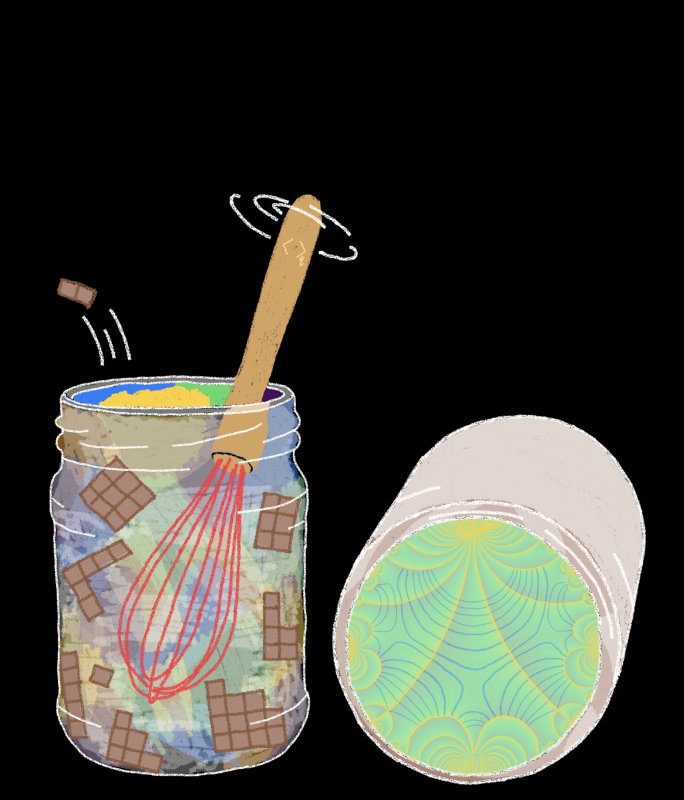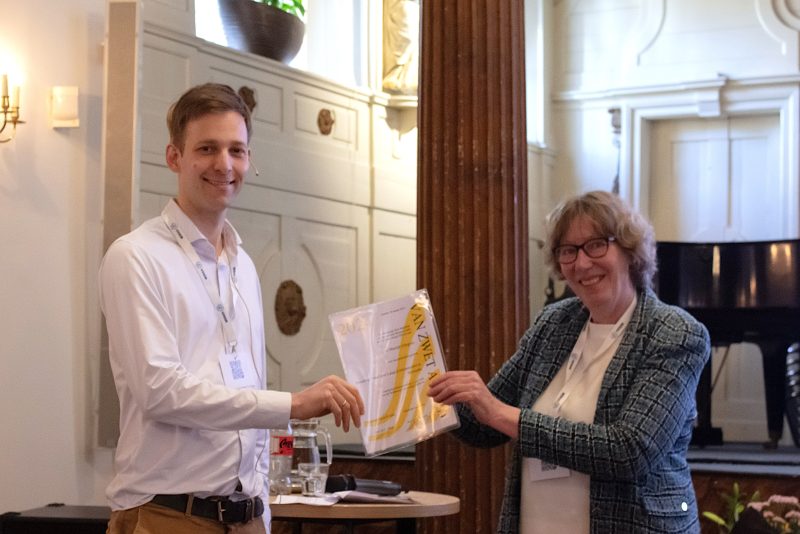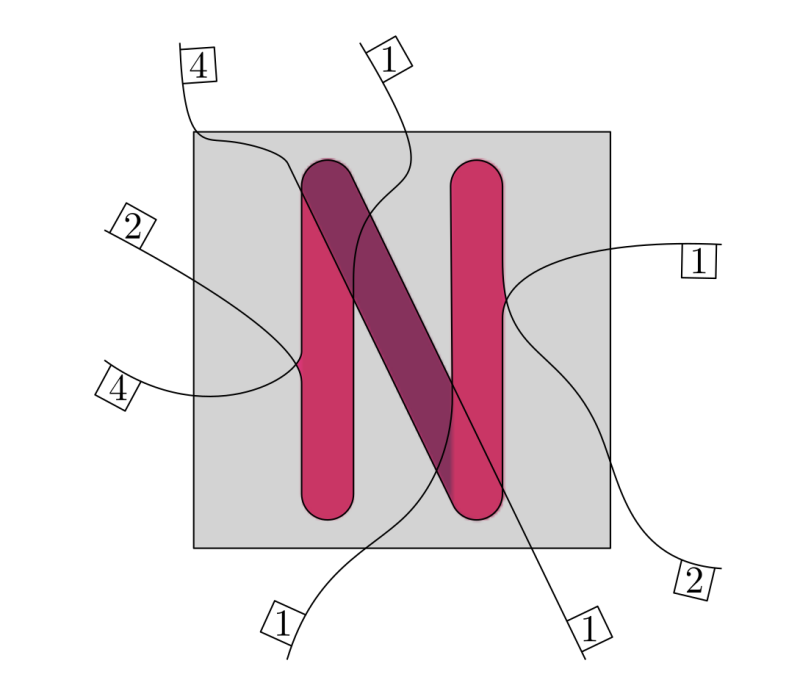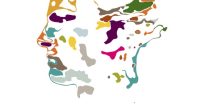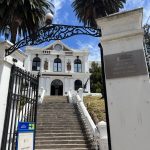Two weeks ago I had the pleasure to attend two events where prizes for outstanding research in mathematics were awarded, the Christiaan Huygens Science Prize and the CWI Best Thesis in Applied Math 2024.
In my previous post, I wrote about the Christiaan Huygens Science Prize. It is awarded yearly to a researcher from either astronomy, mathematics, or theoretical physics, who has defended their PhD in the past three years. The CWI Best Thesis in Applied Math award has a different flavor, two prizes are awarded to a bachelor's and a master's student who has completed a graduation thesis in applied mathematics. But, both prizes have something in common. Namely, the organizing committees share the same vision. Their goal is to honor innovative ideas and to show how important mathematical research is for society.
It was a great pleasure to be present at both events, to chat with (most of) the candidates, and to learn what they have done during their bachelor and master thesis' (CWI Award), or during their PhD research (Christiaan Huygens Science Prize). The three candidates for the Christiaan Huygens Science prize (Jan Willem van Ittersum, Rosa Schwartz, Lucas Slot) have all done astonishing fundamental research. The six candidates for the CWI Best Thesis in Applied Math collaborated closely with companies, government agencies, or non-educational institutes, and they applied mathematical methods to practical problems. It was a very nice experience to learn about the broad scope of research done in Dutch universities of applied sciences, research universities, and research institutes.
The CWI Best Thesis in Applied Math Award
The Innovation Committee of Platform Wiskunde Nederland awards the annual CWI Best Thesis in Applied Math Award for BSc and MSc theses that use mathematics to find innovative solutions for companies, government agencies, or non-educational institutes. With this award, the Innovation Committee draws attention to the value of mathematics for society. I wanted to share their press release, before sharing some personal thoughts about both awards.
"The finalists of the 2024 CWI Best Thesis in Applied Math Award pitched their work at the Math4NL community event on October 11, 2024. After a long deliberation, the jury for the BSc category chose Senna Sjambar as the ultimate winner and the jury for the MSc category selected Anne-Fleur Dijkhorst. In both cases, the jury was unanimous even though all the candidates did a really great job.
Senna Sjambar from the The Hague university of applied sciences investigated for Haaglanden Medical Center to what extent the amputation outcome in diabetic patients with foot ulcers can be predicted based on patient characteristics. Her thesis was selected for the thorough understanding of the clinical context, the adept application of mathematical techniques and direct relevance for the clinical practice that it displayed. The other two finalists for the BSc category were Siebe Hiel from Fontys who helped WeHeat detect anomalous behavior of heat pumps and Sonny Speijer from Amsterdam University of Applied Sciences who contributed to a mathematical model for gut flow incorporating colon physiology for the Swammerdam Institute for Life Sciences.
Anne-Fleur Dijkhorst from Delft University of Technology helped Noria Sustainable Innovators in selecting the best locations to install catching systems for plastic waste removal from waterways. Her thesis stood out for its very clear presentation of both the subject and mathematics and because the results are immediately useful. The other two contestants in the MSc category were David Sarkisian from Delft University of Technology who worked on yield curve modelling and forecasting for interest rate risk management for the Dutch State Treasury Agency and Lana Broer from Leiden University, who investigated whether the prognosis of prostate cancer can be assessed from the prostate-specific antigen (PSA) biomarker development in collaboration with Karolinska Institute."
Fundamental and applied research, innovation and society.
I was inspired by these projects to think about the relation between fundamental and applied research, to innovation and society. As mentioned before, both the organizing committees share the same vision. Namely, to show how important mathematical research is for society.
Nowadays, being innovative is often presented as the holy grail of solving all of our problems. At some extent, this is true of course, but being innovative is not as easy as we say sometimes, especially when resources are at risk. What I realized from all these projects is that the sources of innovation can be quite unpredictable. It comes from creative thinking, and takes time, patience, and resources. A stressed mind can't be creative and innovative.
Moreover, being innovative is a collaborative endeavor. We need to discuss and listen. It is not the result of one project, but of many projects and collaborations building upon eachother.
Pasteur's quadrant is the best scheme to summarize my thoughts. Pasteur's quadrant is a classification of scientific research projects, based on their scope. It states that: "scientific research can be classified by whether it advances human knowledge by seeking a fundamental understanding of nature, or whether it is primarily motivated by the need to solve immediate problems." (Wikipedia)
| Fundamental Understanding / Applications in societal problems | Yes | No |
| Yes | Application Inspired Research | Fundamental Research |
| No | Applied Research | - |
When you read the work of all the candidates you see that the three essential blocks in this scheme are heavily intertwined. Fundamental research is heavily related to application-inspired research, where researchers investigate how theoretical results can be applied in solving real-life problems and often they develop methods to do this. Applied researchers use all this machinery to develop concrete tools and solve such problems, often collaborating with companies, government agencies, or non-educational institutes.
At the same time, each one has its own scope. It is very difficult to predict how these creative interactive paths will cross. Researchers in all three areas need a framework, usually offered by a national research agenda and by societal needs. But they also need the freedom to be creative and innovative within their field. To make this possible, investing broadly is necessary. Quality research demands resources, space to exchange ideas and collaborate, and opportunities to experiment. I believe that innovation comes indirectly when you invest in all three quadrants and stimulate the communication channels between various research domains, both fundamental and applied. However, we should also realize that not all collaborations will lead to innovations, some will. This doesn't reduce the significance of these projects. It is difficult to predict which ones will do so, and only by experimenting and trying out various methods we can find which work.
When reading the reports of the six candidates for the best thesis award I was amazed by the extent to which they applied modern mathematical techniques in real-life problems. This is a very challenging task, you need to consider many parameters and often there is no mathematical technique that fits perfectly to a given problem. You need to try hard to make it all work. Often one single project is not enough to solve the problem, every time you try something new you gain knowledge of the problem and you improve the previous methods. Reaching a final tool, solution, algorithm, or computer program, that can be used by external partners may take years and consecutive projects building upon each other.
The collaborative nature of science is evident in all these projects! I want to congratulate all the candidates for their great work and for sharing their ideas during the events.
*The featured image is the logo of Platform Wiskunde Nederland.

